For most of his life, Dan Garfinkel has hardly been able to visit loved ones in the hospital for fear of getting seriously ill himself. The 40-year-old real estate worker has a sensitive case of celiac disease, which damages the digestive system and causes a spectrum of nasty symptoms. It weakened Garfinkel’s immune system so that any exposure to a virus could send him to bed for weeks.
Besides a long series of medications, he tried alternative-healing methods: chiropractic care and acupuncture for his aching joints, kinesiology therapy for his muscles, Chinese herbal treatments for his indigestion and fatigue—all with disappointing results. Then he read about a young man in Vancouver, British Columbia, who had recovered from a parasitic infection by drinking raw camel milk.
So Garfinkel found a camel farmer in Pennsylvania and purchased a batch. The thought of drinking something from a camel udder grossed him out, but one day, feeling especially sick, he worked up his courage.
“I just held my nose and drank it down the hatch,” he says.
Within a couple of days, his virus went away, and the pain left his joints. Then his skin rashes cleared up, his energy increased, and his memory even improved. Now more than three years out, he still drinks the milk every day, and he seldom suffers so much as a head cold.
Though few American doctors recommend camel milk to patients, similar testimonies about its benefits are spreading through social media among people with conditions like celiac disease, lactose intolerance, and diabetes. Small camel dairies have sprung up throughout the Midwest and Colorado to meet the demand. Some farmers have established buyers clubs and accept orders online. Others now sell the milk through the California-based distributor Desert Farms, which has contracts with some 87 Whole Foods stores in the western part of the United States. The company plans to market its products on the East Coast next year.
Camel milk has long been the province of nomads in the Arabian and African deserts. In some countries, folk wisdom dictates that the sick and elderly should drink it for energy. For more than eight years, the Israeli physiologist Reuven Yagil has been working to establish its medical credibility in clinical tests and academic publications.
Of all of its potential benefits, the notion that camel milk can mitigate autism’s symptoms is perhaps the most controversial. Yagil thinks that autism, like celiac disease, results from autoimmune problems, whereby the sick person’s own immune system attacks healthy cells. He says that camels have robust immune systems, so their milk adds antibodies to the human bloodstream and rehabilitates the body.
Dr. Jodie Dashore, a New Jersey-based neurologist who specializes in autism, says that doctors in India, Africa, and the Middle East increasingly recognize the milk’s benefits. But American doctors have been slower to embrace the growing sentiment around it. “Anything holistic always comes last to the United States,” she says.
Dashore heard about the milk from Dr. Dietrich Klinghardt, a highly regarded neurobiologist who treated her son Brian’s autism. In 2011, when Brian started consuming camel milk, his motor tics initially became three or four times worse—a “healing crisis,” Dashore says, as the milk killed off harmful bacteria. But after two weeks, they started to drop off. The milk also seemed to clear up a host of Brian’s other maladies, from hives to mobility difficulties, caused by an autoimmune disorder (most autism patients have other simultaneous ailments according to the U.S. Centers for Disease Control and Prevention). It also eased Brian’s digestive pains and helped him gain weight, common issues in autistic children.
Now Dashore recommends camel milk for every autistic child as part of a broader treatment regimen. She estimates that 99 percent of parents follow her advice—“especially since they know that I have a live guinea pig at home.”
While Dashore was experimenting with her own son, two mothers of autistic children in Pennsylvania created a Facebook group called Healing with Camel Milk as a resource hub. They posted contact information for every camel dairy they knew of, plus interviews with Dr. Yagil. With a membership of more than 3,000, the group has become a dominant forum to discuss diet questions, consult with camel farmers about their products, and post recipes ranging from infant formula to ricotta, and more.
Groups like this are inspiring more parents and patients—many skeptical and informed, not the type to fall for snake-oil ruses—to try camel milk after other treatments have failed. And once converted, many end up proselytizing.
Christina Adams, a writer in Laguna Beach, was one of the first. One evening in 2007, she poured some fresh camel milk onto her autistic son’s cereal. The next morning, Adams says, her son seemed almost magically transformed: making better eye contact, talking more clearly, and showing quicker mental reflexes. Adams was so shocked she was afraid to speak, afraid she’d “break the spell.” She began paying for a friend to regularly fly to Israel and return with two suitcases’ worth of milk—a $1,700 expense for each trip. Understandably, Adams was delighted when the first camel dairies opened in the United States.
Adams later wrote about the experience for an autism magazine and has become somewhat of an unofficial spokeswoman for the treatment, speaking at conferences and with journalists. She says the milk’s flavor is rich with nuances. “I liken it to fine cheeses,” she says. “You can taste the grasses, the earth, the water.” Even so, she suggests disguising the taste the first time a child drinks it.
Although most clinical research on the milk’s capabilities is occurring overseas, anecdotal evidence—paired with the desperation of patients—has been enough to drive up demand in American grocery stores and spur an inchoate movement.
Camel milk as a treatment for autism and other diseases has come a long way since Nancy Riegler and her husband, farmers in San Diego County, were, in her words, "laughed out" of a camel-farmer conference 16 years ago after claiming the animals produced wonderful milk. Now, instead of getting astonished looks, there’s more acceptance and a growing interest. They no longer have to preface every camel milk conversation with “Brace yourself, this is going to sound weird.”





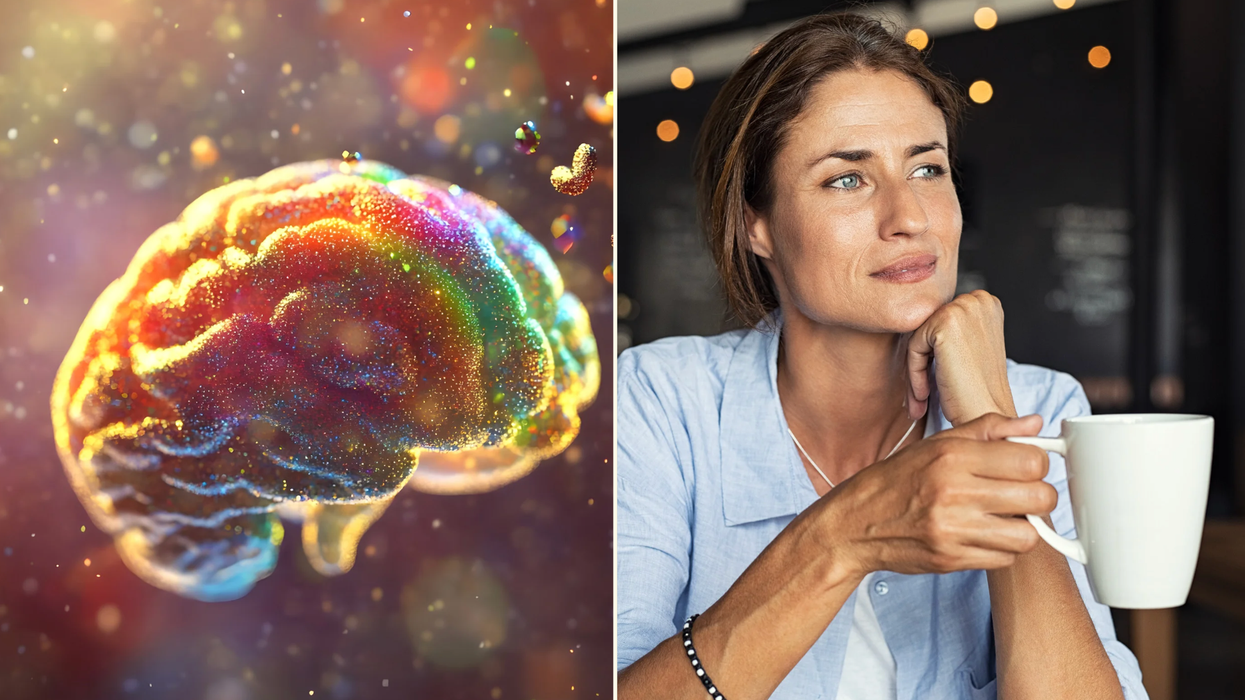
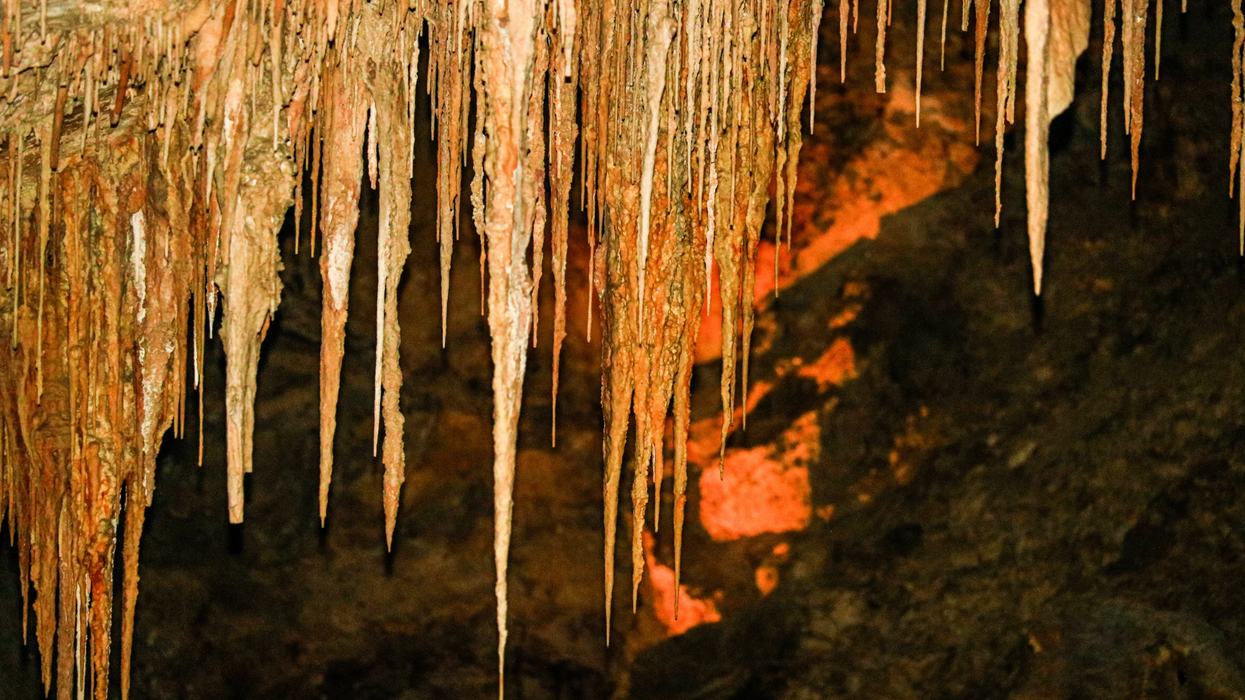
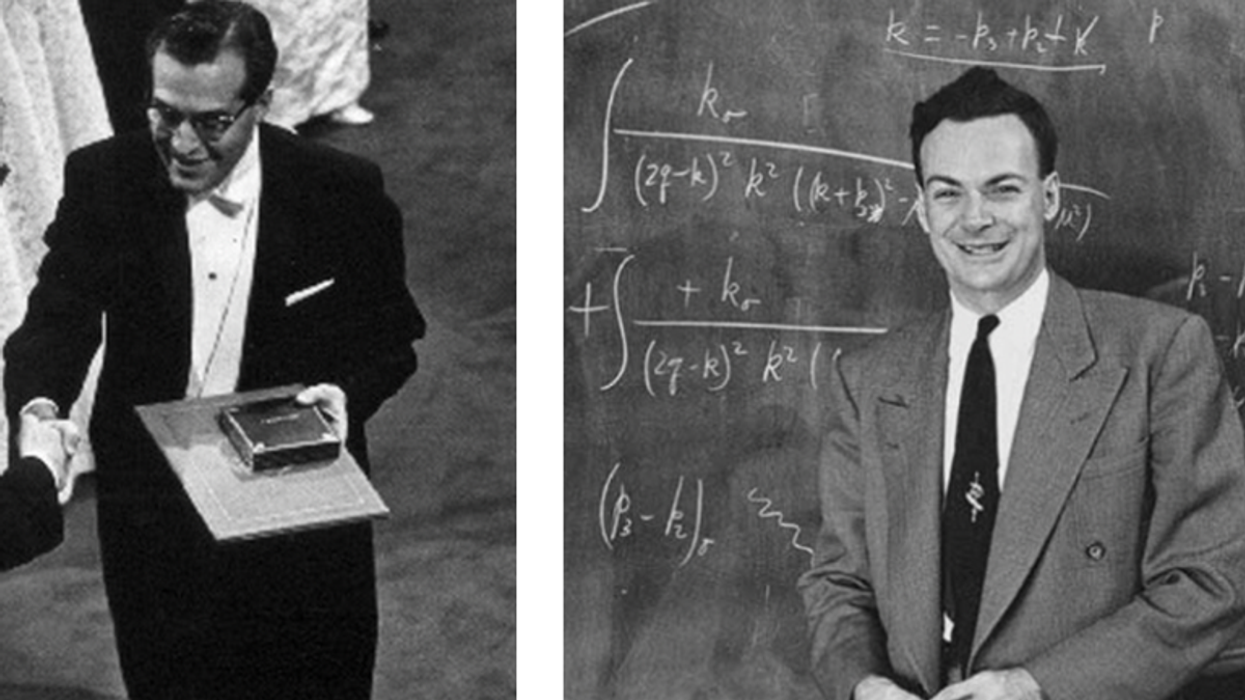
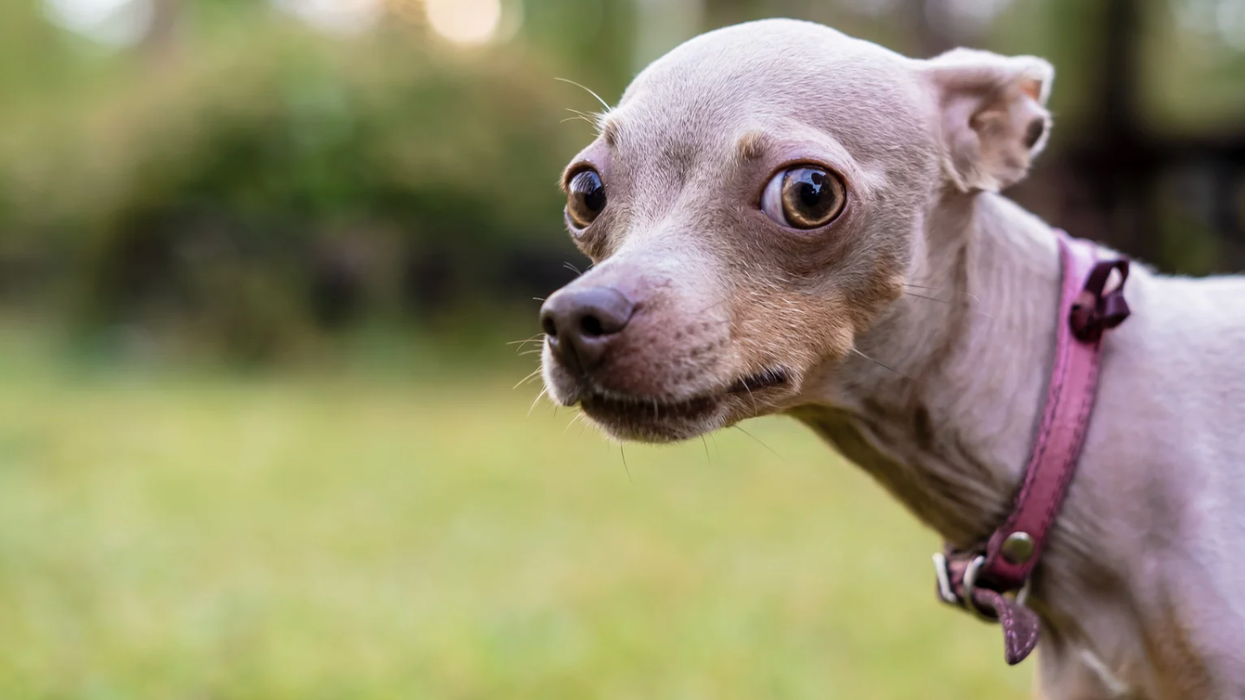
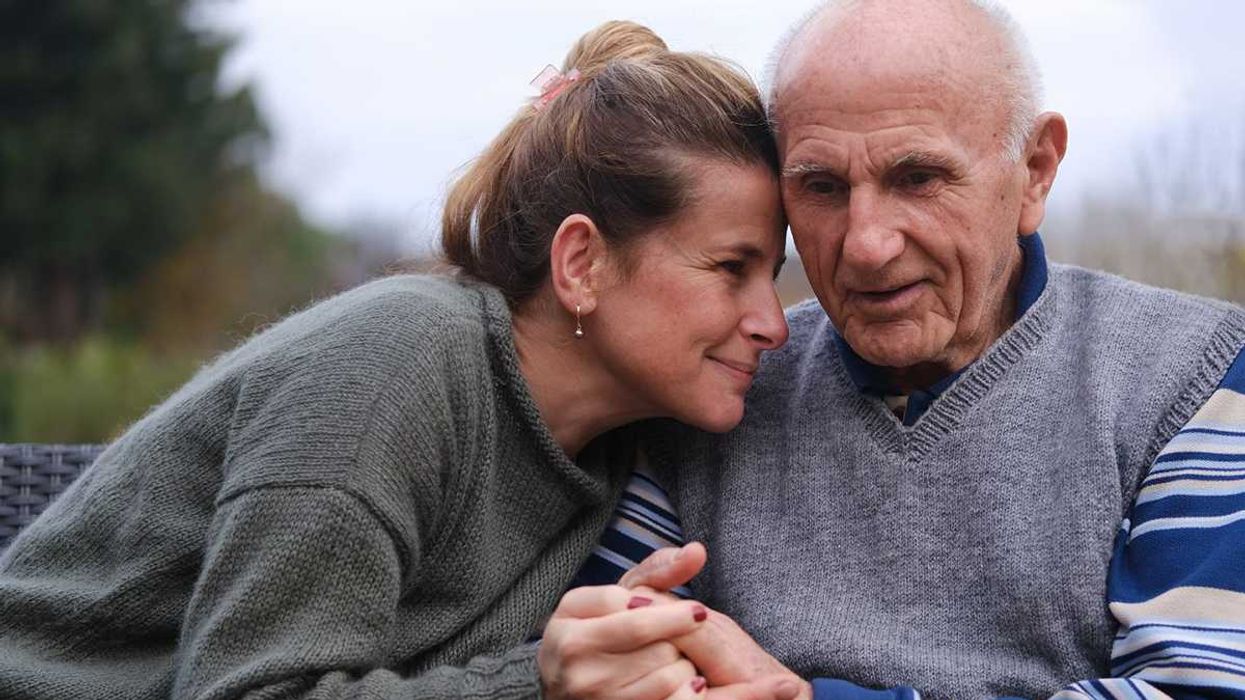



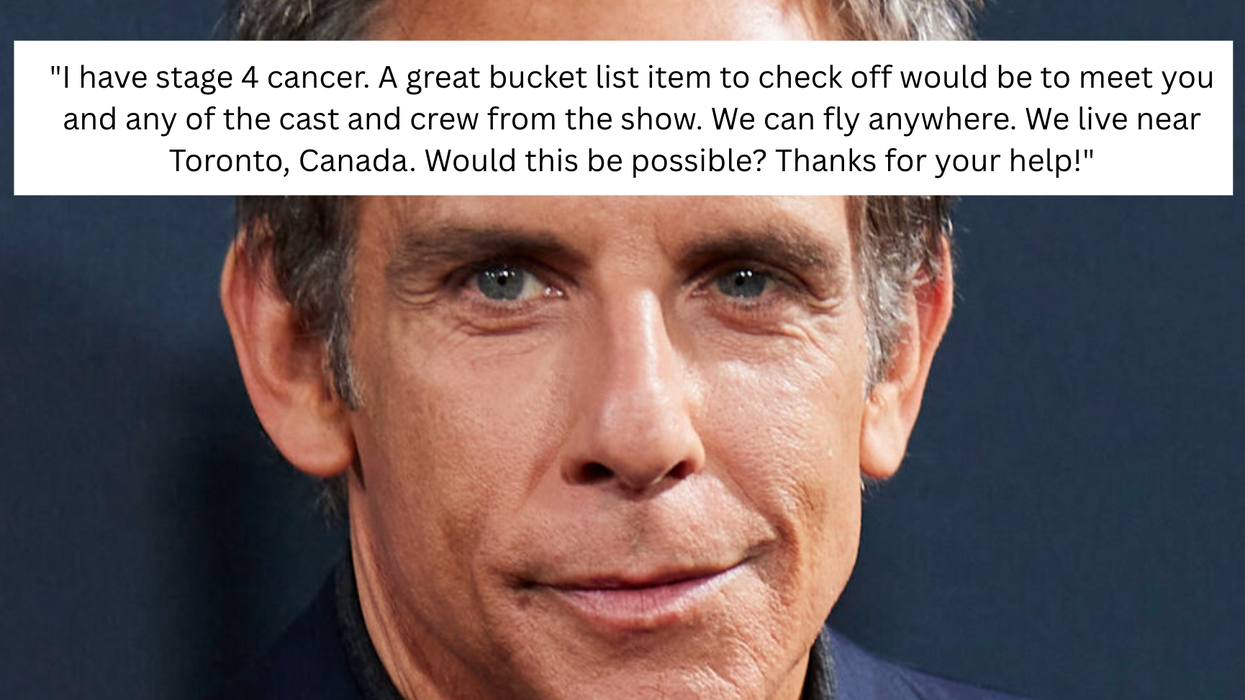

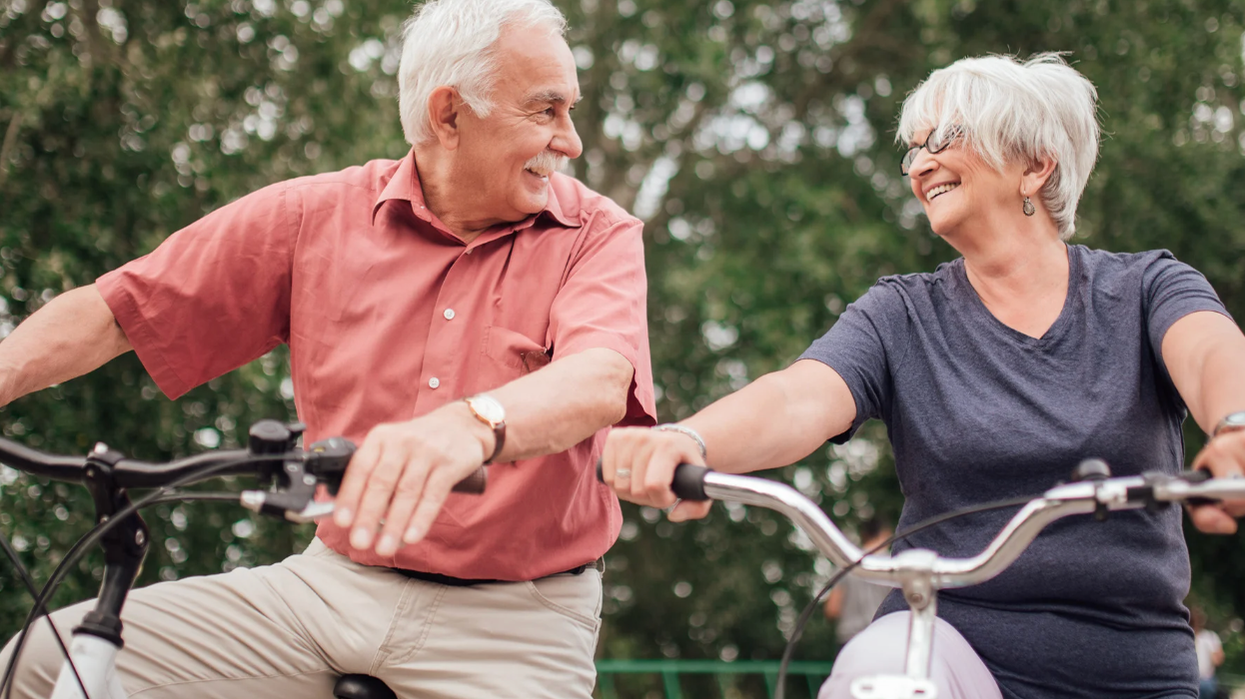


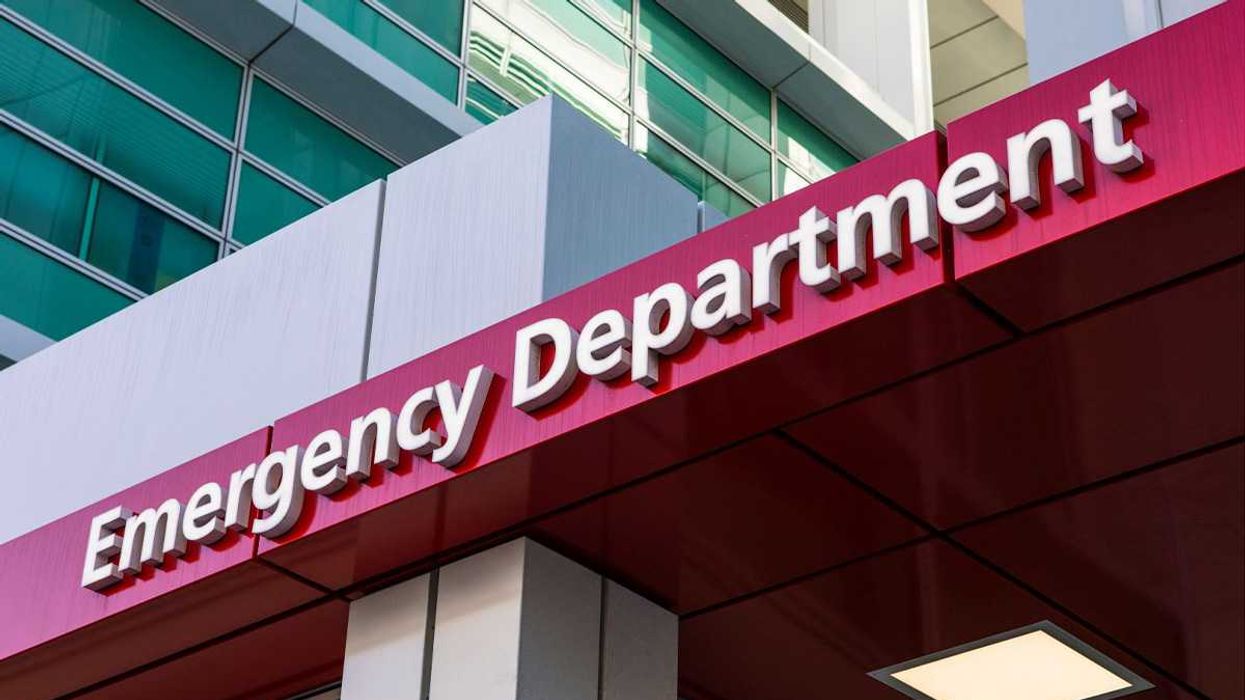 The Emergency Department.Photo credit:
The Emergency Department.Photo credit: 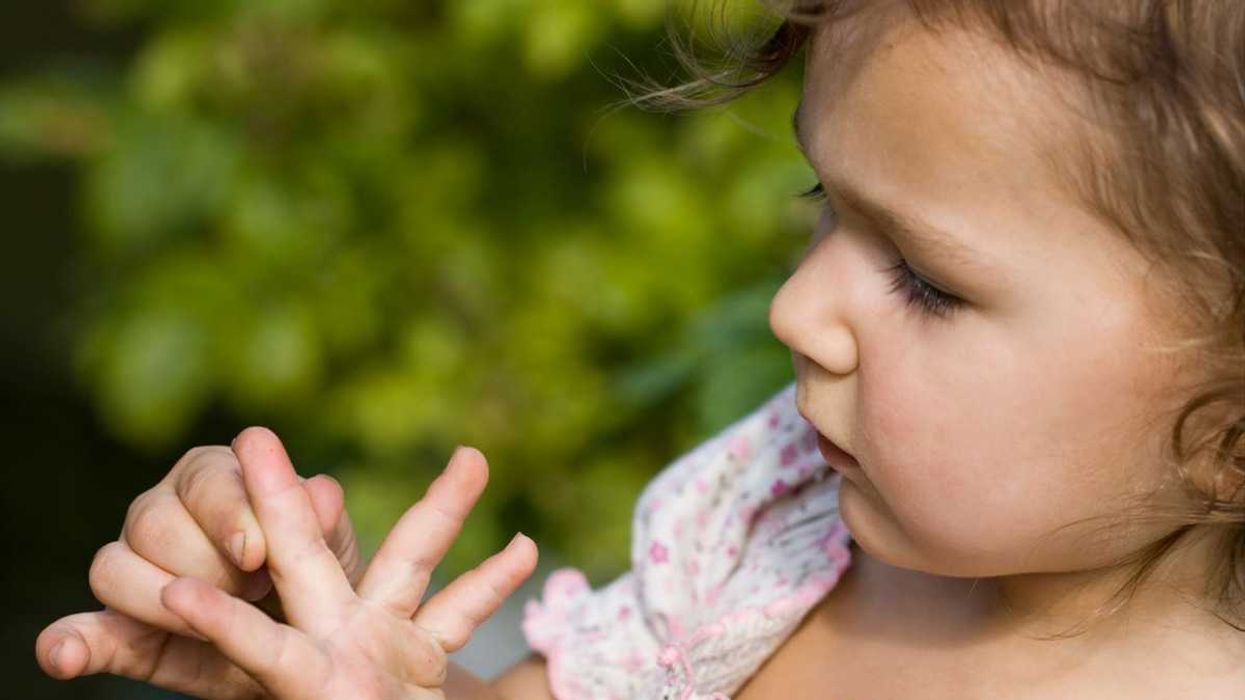 Little girl with a splinter.Photo credit:
Little girl with a splinter.Photo credit:  Woman on phone after car accident.Photo credit:
Woman on phone after car accident.Photo credit: 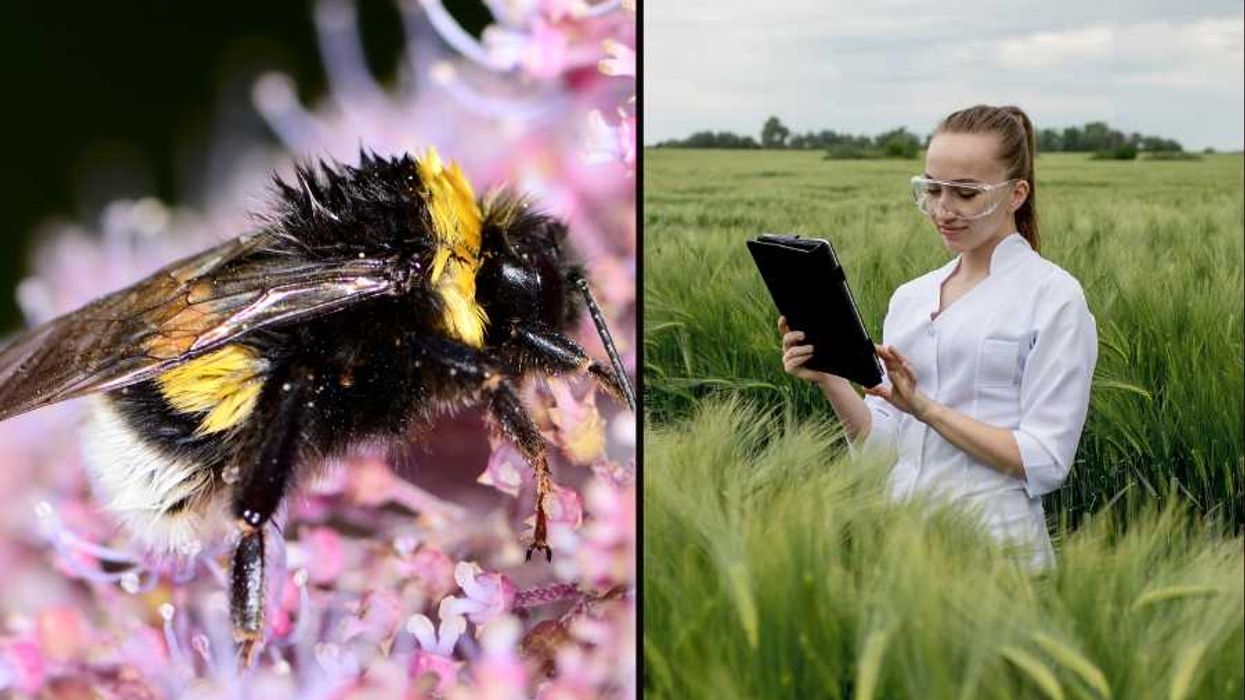

 A road near equatorial Atlantic OceanCanva
A road near equatorial Atlantic OceanCanva Waves crash against rocksCanva
Waves crash against rocksCanva

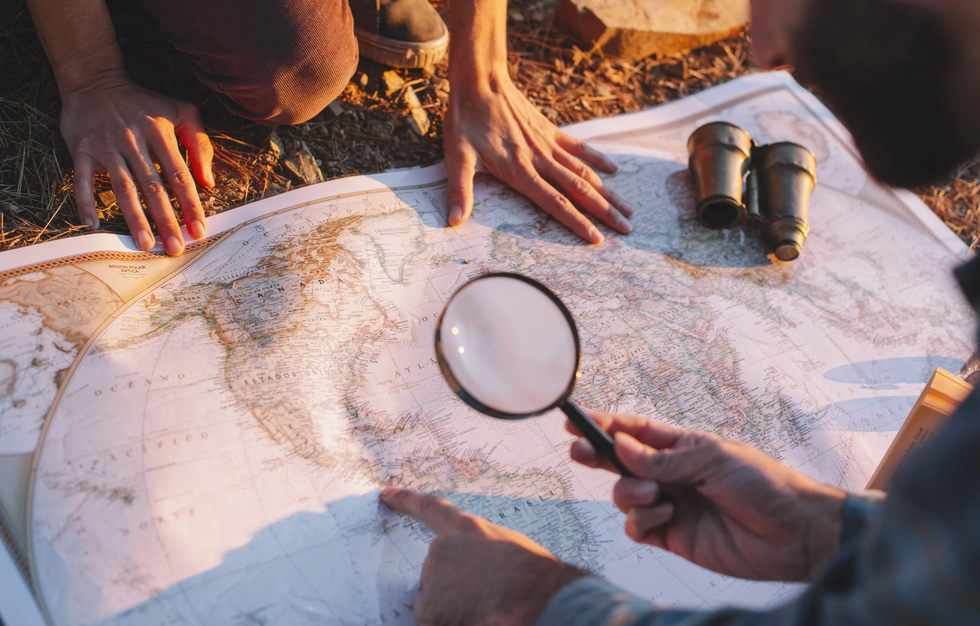 Two people study a mapCanva
Two people study a mapCanva Foggy Chinese villageCanva
Foggy Chinese villageCanva